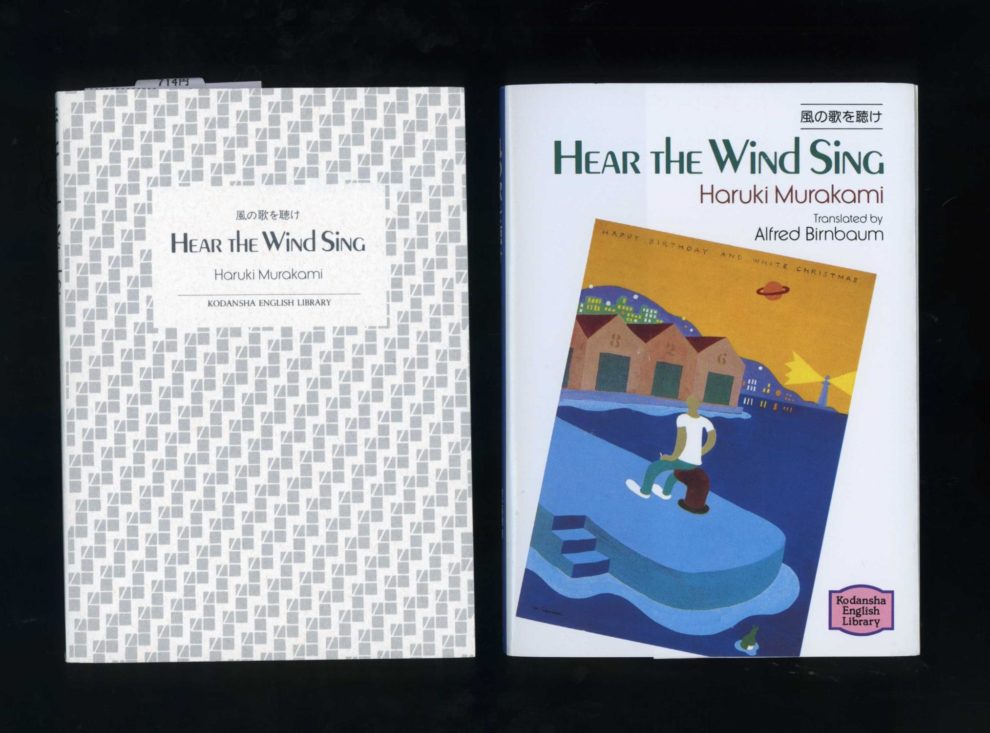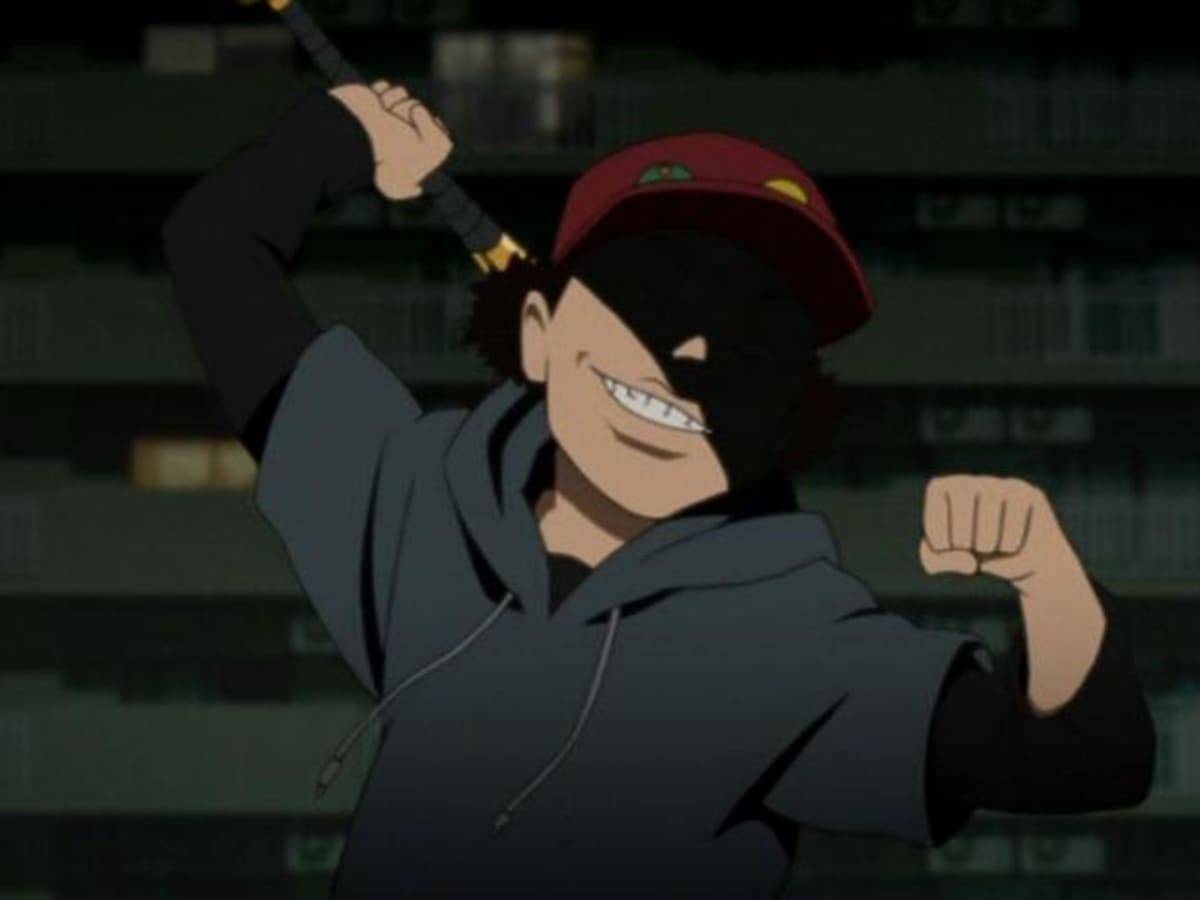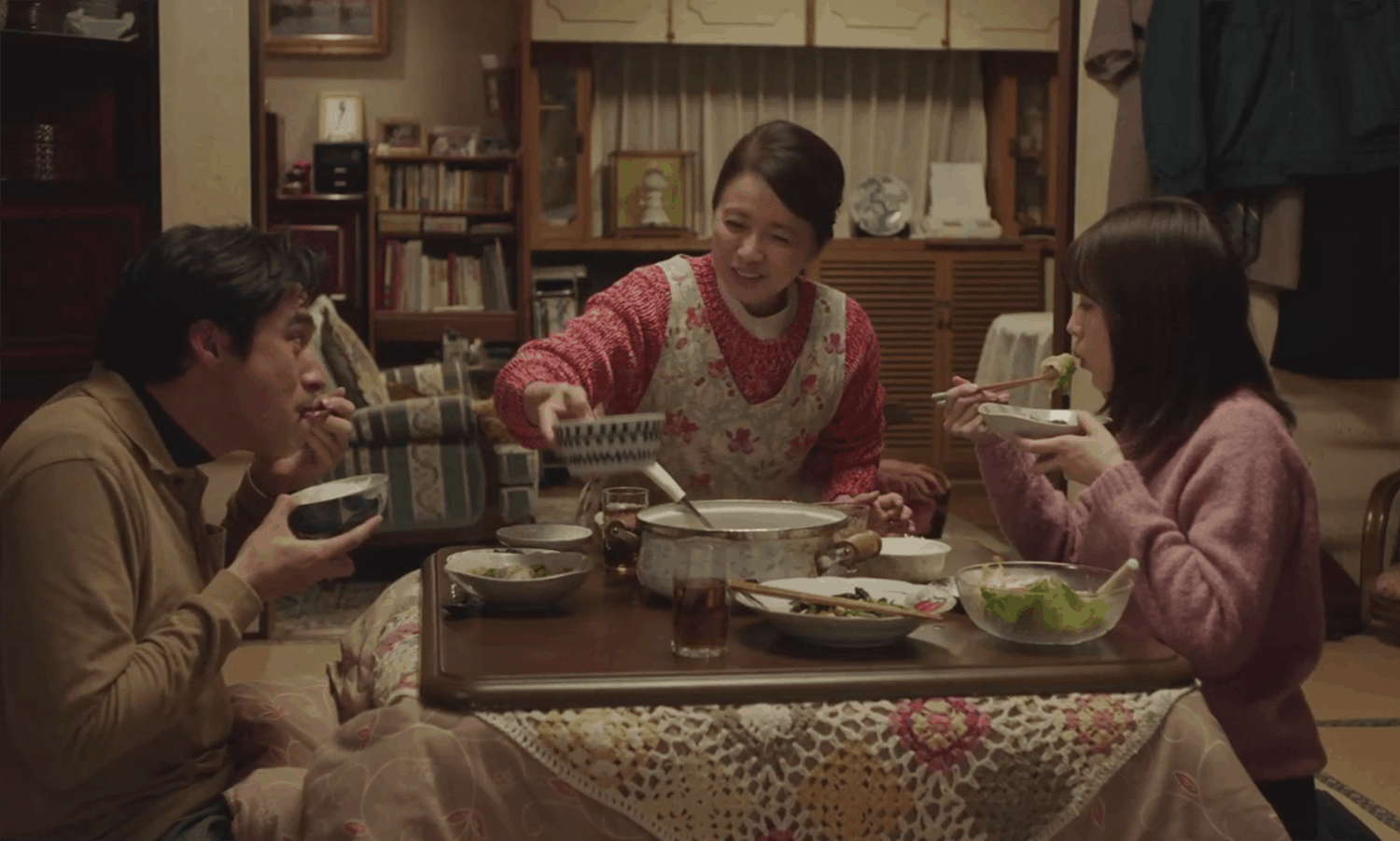The first novel of Haruki Murakami and the first in the “Trilogy of the Rat” is a rather strange novel, since the style that made the Japanese author famous is here, but it has not manifested fully yet, essentially giving the impression that you are reading a book by someone else. Let us take things from the beginning though.
Buy This Title
After an introduction to the novel that feels too similar with the first chapter, we are introduced to the protagonist-narrator, a student at a university in Tokyo, who has decided he wants to become a writer, but also finds the task terribly painful. As it is summer, he has returned to his seaside hometown in Niigata for vacation, with the suicide of a girl he dated at the university still lingering in his mind. During his time there, he frequents the bar of J, the Chinese owner who is always eager to talk with him, and his friend “Rat”, a rather rich young man who seems lost in life, and spends all his time with the narrator drinking, with both frequently ending up dead drunk.
One day, the narrator comes across a girl lying on the floor in the washroom of the bar and carries her home. Initially, the girl, who actually has four fingers on one hand, thinks he has taken advantage of her. After a few unexpected meets however, she warms up to him and the two start dating. She seems to also have a burden in her mind, but the protagonist never lets her speak about it, perhaps fearing that then he will have to talk about his also. Rat, who also seems unwilling to explain an event with a girl he was to introduce to the narrator, eventually starts reading books and takes an important decision about his life.
The first thing one notices in “Hear the Wing Sing” is that Murakami seems to show-off somewhat, mostly through his protagonist, who appears as cool as possible, and without the deep existential thoughts that characterized the protagonists in his later novels. In that fashion, the relationships he had with girls move in that direction, as much as his interaction with the four-fingered girl, whose concept also moves in the same, impression-making style. Furthermore, the references to American writers, mostly Derek Hartfield, and the various vignettes (one page-chapters) that interrupt the main story, follow the same route.
Lastly, his characters, and particularly Rat, who emerges as a rather interesting persona, are not so well analyzed, although this aspect may be attributed to the fact that this is the beginning of a trilogy. The result is that the narrative seems somewhat disconnected and detached, making quite difficult to empathize with the characters. On the other hand, the sense of nostalgia and missed chances that frequently permeate his works are very present, allowing the novel to “touch” its reader, at least partially.
His way of writing, with the small, simple sentences, is here once more, with the book flowing in excellent fashion, essentially becoming one of those works that are read in one sitting, even more so since it is just 150 pages long (Vintage edition). Occasionally, though, it seems as if he is rushing somewhat, which is where the aforementioned lack of further analysis derives from, despite the fact that his eloquent simplicity in narrating the lives of the unremarkable is rather evident.
“Hear the Wind Sing” is a very enjoyable novel, and a number of the traits of Murakami's style are definitely here. However, his command of the medium had not yet reached his full potential, with the book standing definitely on a lower level than his latest works.

















WHAT IS THE MORAL LESSON?
Don’t right in capitals?